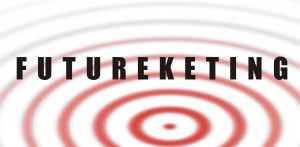Apr 21, 2014
The Experiments that Started the Investigation Into Gravity Modification
Posted by Benjamin T. Solomon in categories: defense, disruptive technology, engineering, general relativity, particle physics, physics, policy, space
The video blog shows 2 of the 400 experiments I conducted between September 1999 and at least April 2001, maybe later. I used various weight measuring scales, battery packs and power supplies. These experiments convinced me that something was a miss with contemporary physics, thus leading to my 12-year study into gravity modification.
This study has been published under the title “An Introduction to Gravity Modification, 2nd Edition”. It documents the new massless formula g=(tau)c^2, for gravitational, mechanical & electromagnetic accelerations; the discovery of Non Inertia (Ni) Fields and non-Gaussian photon probability, and the subsequent unification of photon shielding, transmission/cloaking, invisibility and resolution into a single phenomenon.
 The video blog shows 2 of the 400 experiments I conducted between September 1999 and at least April 2001, maybe later. I used various weight measuring scales, battery packs and power supplies. These experiments convinced me that something was a miss with contemporary physics, thus leading to my 12-year study into gravity modification.
The video blog shows 2 of the 400 experiments I conducted between September 1999 and at least April 2001, maybe later. I used various weight measuring scales, battery packs and power supplies. These experiments convinced me that something was a miss with contemporary physics, thus leading to my 12-year study into gravity modification. Circuits that can operate at frequencies up to 245 terahertz — tens of thousands times faster than today’s state-of-the-art microprocessors — have been designed and fabricated by researchers at National University of Singapore and Agency for Science, Technology and Research (A*STAR).
Circuits that can operate at frequencies up to 245 terahertz — tens of thousands times faster than today’s state-of-the-art microprocessors — have been designed and fabricated by researchers at National University of Singapore and Agency for Science, Technology and Research (A*STAR).












